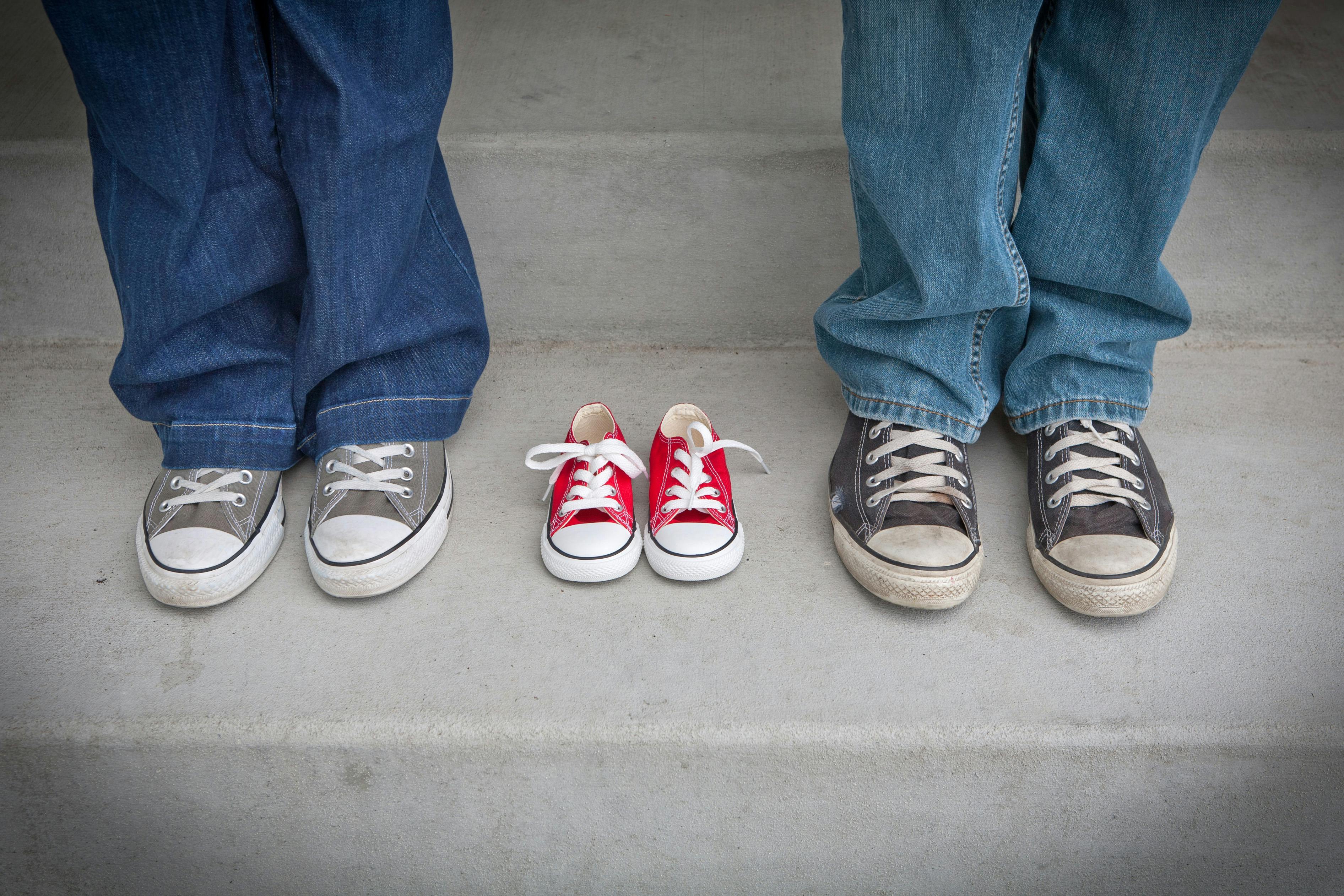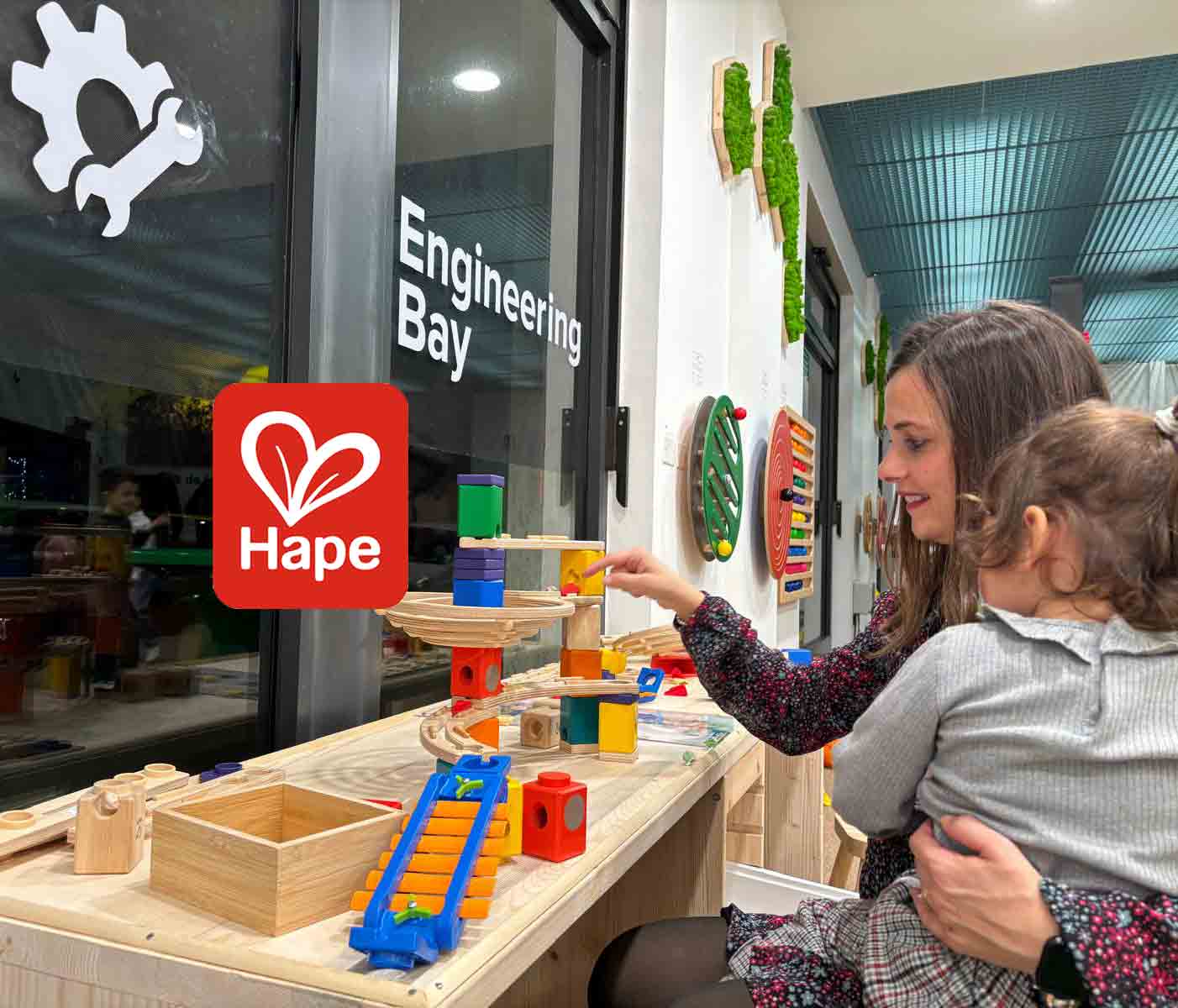Parenting is one of the most rewarding roles in life, but it also comes with challenges that test your patience and emotional resilience. No matter how much you love your child, there will be times when you lose your temper or react in ways you later regret. Maybe you’re stressed from a long day at work, or your child isn’t listening after you’ve asked them to do something repeatedly. Before you know it, emotions take over, and a moment of frustration turns into a conflict.
We’ve all been there. As a parent, what’s important isn’t avoiding these moments altogether—that’s impossible—but knowing how to repair the relationship afterward. Learning to repair after conflicts not only helps fix the immediate issue but also strengthens the emotional bond between you and your child. This guide will explore what repair means, why it’s so vital for your relationship, and how to incorporate it into your parenting.
Why Repair Is Essential
Parenting involves countless joyful moments, but it also comes with stress, fatigue, and the daily grind of managing work, household duties, and raising children. These pressures inevitably lead to moments of disconnection, or what we call ruptures, in your relationship with your child. A rupture is any time the emotional connection breaks down due to frustration, anger, or miscommunication. These are the moments when you snap, raise your voice, or say something hurtful.
For example, imagine you come home after a long day and find your child hasn’t cleaned their room as you asked. Frustration bubbles over, and you lash out, “Why can’t you just do what I ask?” Your child may feel hurt, confused, or scared, and this rupture leaves a mark on your relationship.
While these ruptures are normal, what matters is what happens next. If you leave the conflict unresolved, your child is likely to internalize the event, often blaming themselves for your reaction. They might start to believe that they are the problem, that they aren’t good enough, or that your love for them is conditional. Over time, these feelings can lead to deeper emotional struggles, like anxiety, low self-esteem, and difficulties in forming healthy relationships later in life.
However, every rupture provides an opportunity for growth if followed by repair. Repair is the process of addressing the conflict, taking responsibility for your part, and restoring the emotional connection with your child. It teaches them that even though things went wrong, relationships can be mended and strengthened. Repair isn’t about perfection; it’s about modeling how to handle mistakes and emotions in a healthy way.
What Does Repair Look Like?
Repair is more than just saying “I’m sorry” and moving on. While apologies are a part of it, true repair goes deeper. It involves acknowledging the impact your actions had, taking responsibility for them, and actively working to restore trust and connection.
For example, after the outburst over the messy room, repair might look like this: Once you’ve had time to calm down, you approach your child and say, “I’m sorry I yelled earlier. I was frustrated, but that’s no excuse. I know that probably hurt your feelings, and I’ll try to do better next time.” In this moment, you are acknowledging that your reaction was out of line, taking responsibility for it, and reassuring your child that they are loved and valued despite the conflict.
Repair shows your child that mistakes can be corrected and that your relationship with them is strong enough to withstand difficult moments. This is crucial for building their sense of emotional security and self-worth.
How Repair Helps Children
Children, especially younger ones, don’t always have the tools to understand why a rupture happened. When conflict occurs, they often turn inward, believing that they are to blame. Without repair, these feelings can become ingrained, shaping how they see themselves and the world around them.
A child left to process a rupture alone might think, “I’m bad,” or “I always mess things up.” Over time, this can lead to emotional issues such as anxiety, low self-confidence, and challenges in forming relationships. But when you take the time to repair after a conflict, you offer your child a different narrative—one that reassures them they are loved and valued, no matter what.
Repair also provides children with an important emotional model. By seeing you acknowledge your mistakes and take responsibility, they learn that it’s okay to make errors as long as you work to fix them. This helps them build resilience, knowing that relationships can recover from hard times. In the long run, these lessons will serve them well, both in childhood and as they grow into adults.
A Practical Guide of How to Repair
Repair doesn’t have to be a complicated process, but it does require intentionality and emotional awareness. The first step is to calm yourself. After a rupture, emotions are usually running high, so take a few minutes to breathe, reflect, and gather your thoughts. You need to be in a calm state to effectively repair with your child.
Once you’re calm, acknowledge what happened. Be clear about the issue and avoid sweeping it under the rug. For example, you might say, “I’m sorry for yelling earlier when I saw your room was still messy.” By naming the problem, you show your child that you recognize where things went wrong.
The next step is to take responsibility. This part is critical because it models accountability for your child. You might say, “I was frustrated, but that doesn’t make it okay to yell. I should have handled that better.” By doing this, you are teaching your child that everyone, even parents, makes mistakes, and the important thing is to own up to them.
After taking responsibility, you need to reassure your child. Let them know that the conflict doesn’t change how you feel about them. You can say something like, “I love you, and nothing you do will ever change that.” This reinforces their emotional security and lets them know that the rupture is temporary.
Finally, make a plan for the future. Let your child know how you plan to handle things differently next time. For example, you might say, “Next time I’m feeling frustrated, I’m going to try to take a deep breath before I react.” This shows your child that you’re committed to improving and models problem-solving for them.
The Consequences of Not Repairing
When ruptures go unrepaired, the emotional toll on your child can be significant. Children may begin to internalize feelings of guilt, shame, and self-blame. They might start to believe that your anger or frustration is their fault, or that your love for them is conditional on their behavior. Over time, this can erode their self-esteem and impact their emotional development.
In contrast, repairing after a conflict helps prevent these negative feelings from taking root. It reassures your child that while mistakes happen, they are not reflective of their worth or your love for them. Repair also teaches them that it’s okay to make mistakes as long as they take responsibility and work to make things right.
Repair Sets the Stage for Lifelong Emotional Health
Repairing after conflicts isn’t just about fixing the immediate situation—it’s about laying the groundwork for your child’s emotional health and future relationships. Children who experience repair learn that relationships are resilient and that conflicts can be resolved in a healthy way. They carry this understanding into adulthood, where it helps them navigate their own relationships with confidence and emotional intelligence.
As a parent, your ability to repair with your child also strengthens your bond with them. Over time, these moments of repair build trust, deepen connection, and reinforce the idea that your relationship is built on love and understanding, not perfection.
It’s Never Too Late to Repair
One of the most common worries parents have is whether it’s too late to repair. Maybe your child is older, or maybe there have been years of unresolved conflict. But the truth is, it’s never too late to start repairing. Whether your child is four, fourteen, or even an adult, repair can still have a profound impact on your relationship.
Imagine reaching out to your teenager or grown child and acknowledging past mistakes. You might say, “I’ve been thinking about how I handled things when you were younger, and I realize now that I didn’t always get it right. I’m sorry for that, and I’d love to talk if you’re ever ready.” This kind of repair can open the door to healing, even if years have passed.
Conclusion
Every parent will experience moments of rupture with their child—it’s a normal part of life. But what’s important is how you respond afterward. By embracing the power of repair, you can turn moments of conflict into opportunities for growth, learning, and deeper connection.
Remember, you don’t need to be a perfect parent. What matters most is showing up, taking responsibility, and making the effort to reconnect when things go wrong. Repair is a powerful tool that helps your child feel safe, valued, and loved, and it sets the foundation for a lifetime of healthy, trusting relationships.



